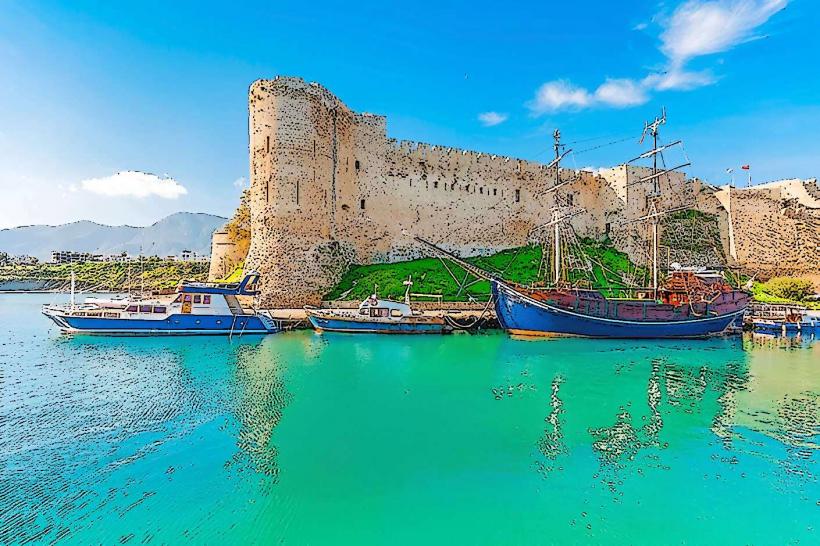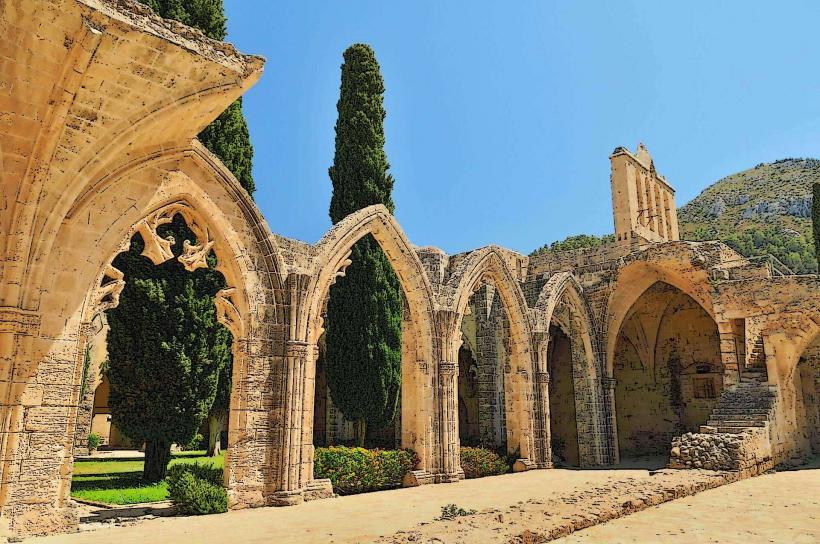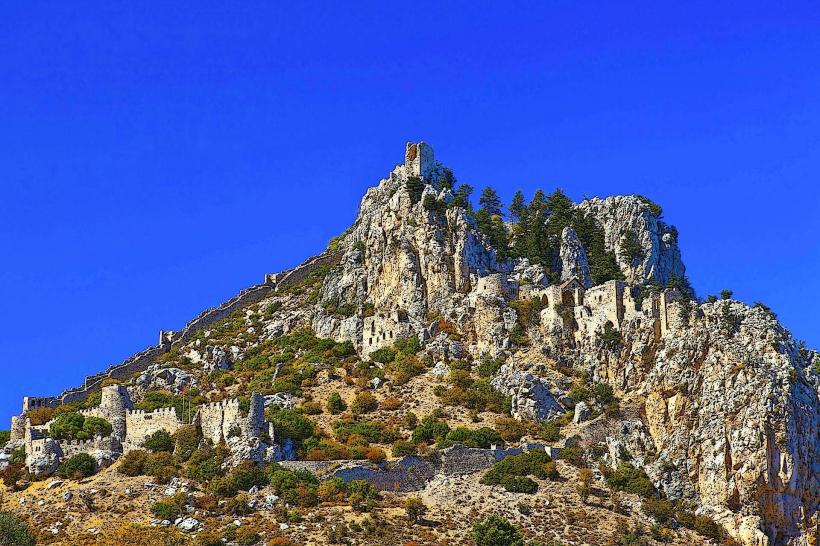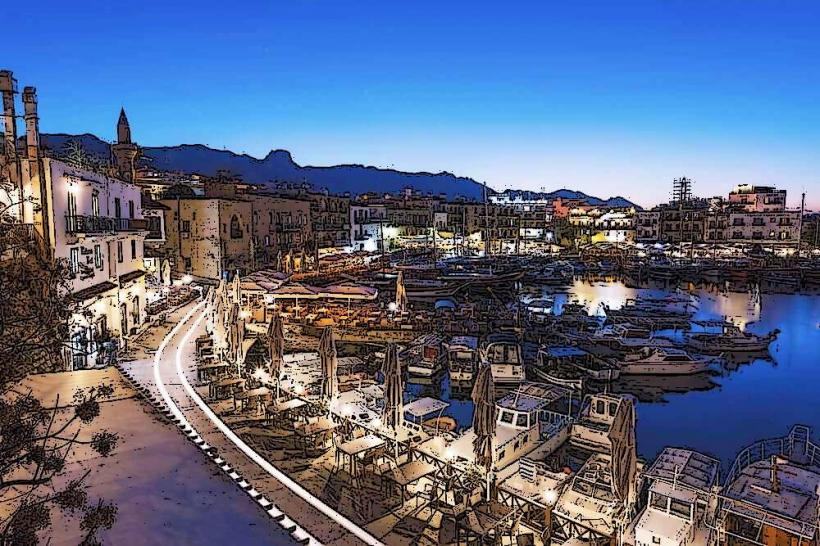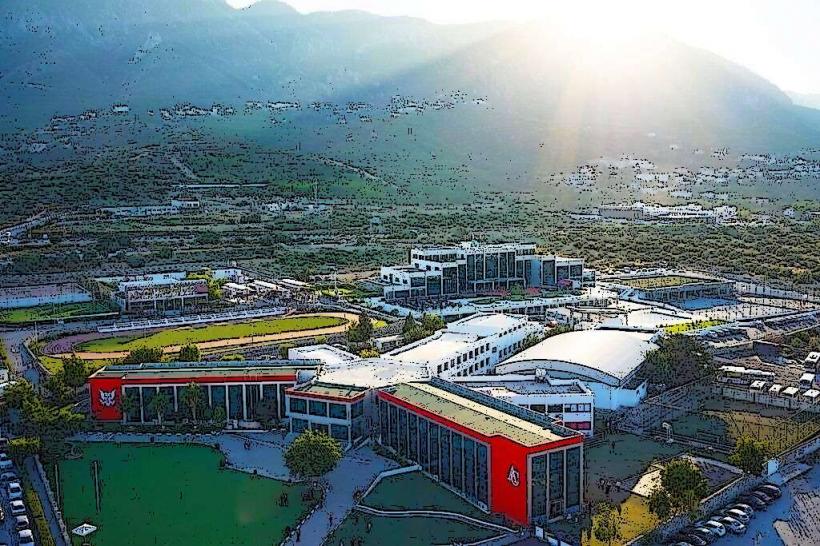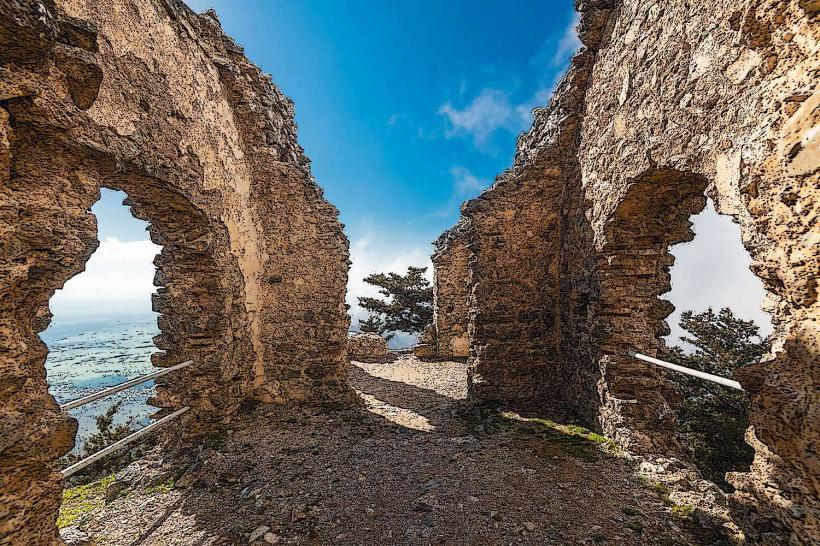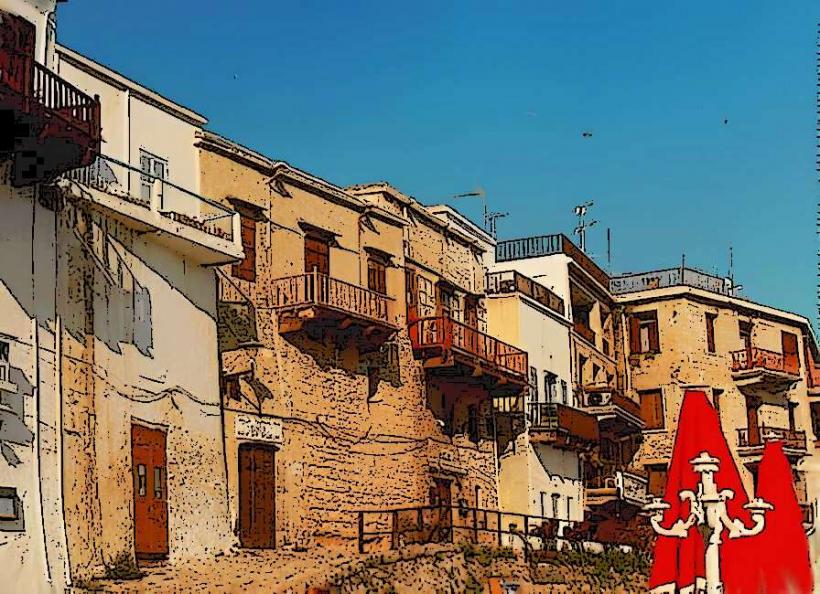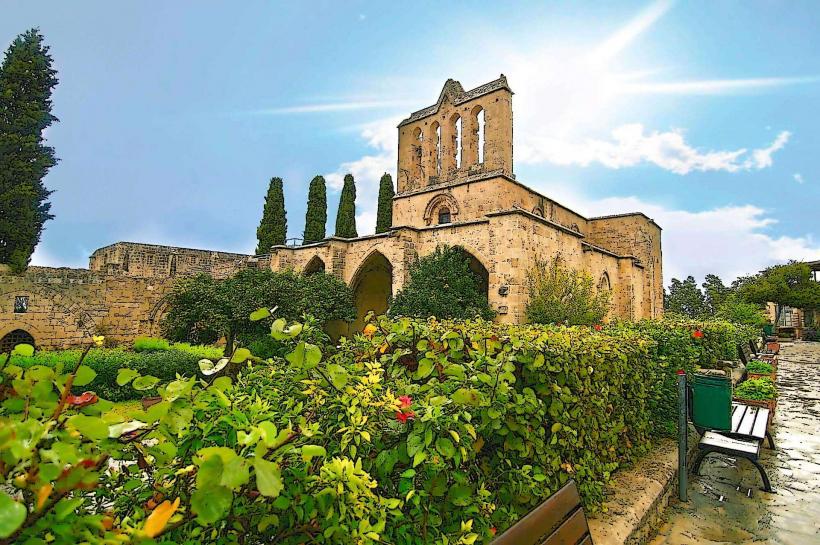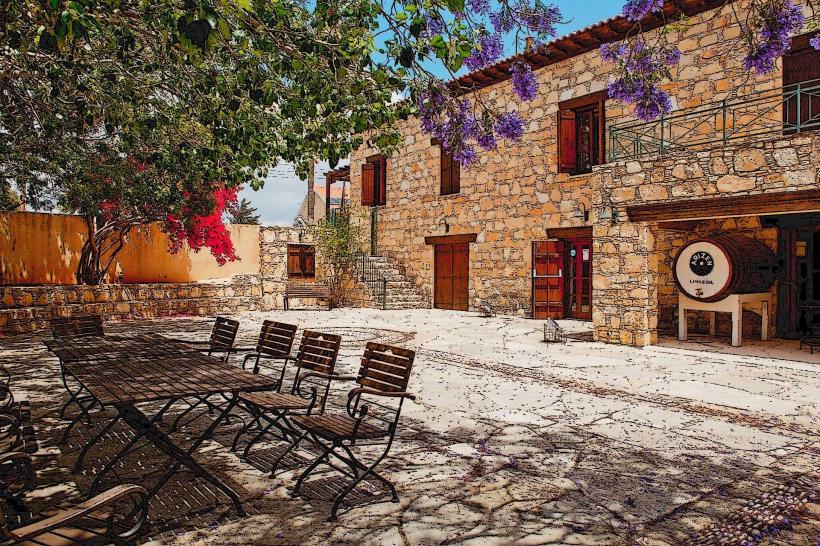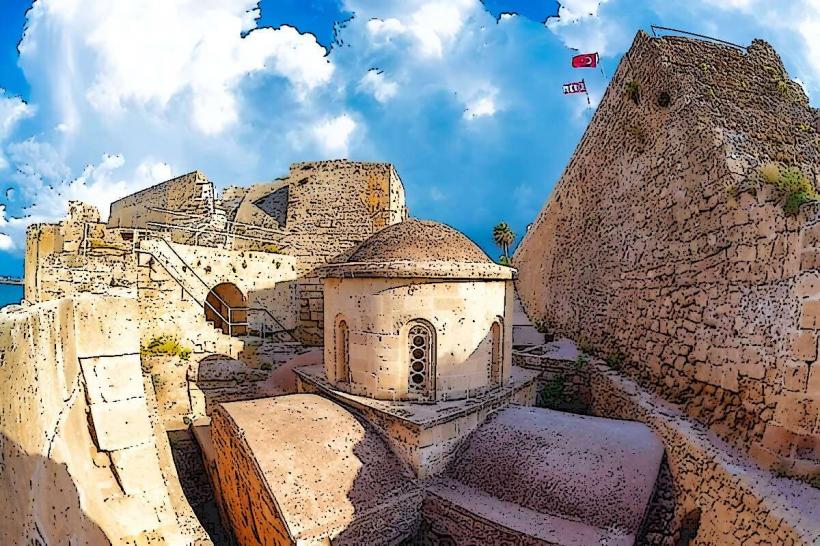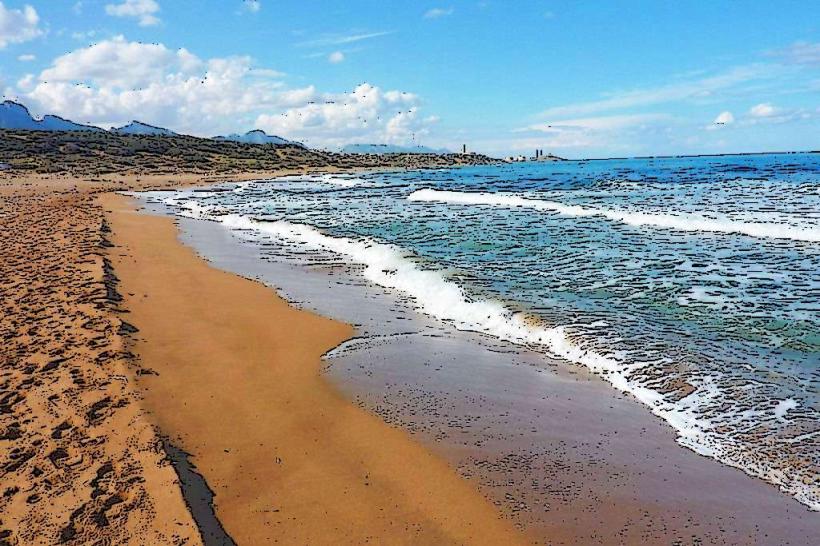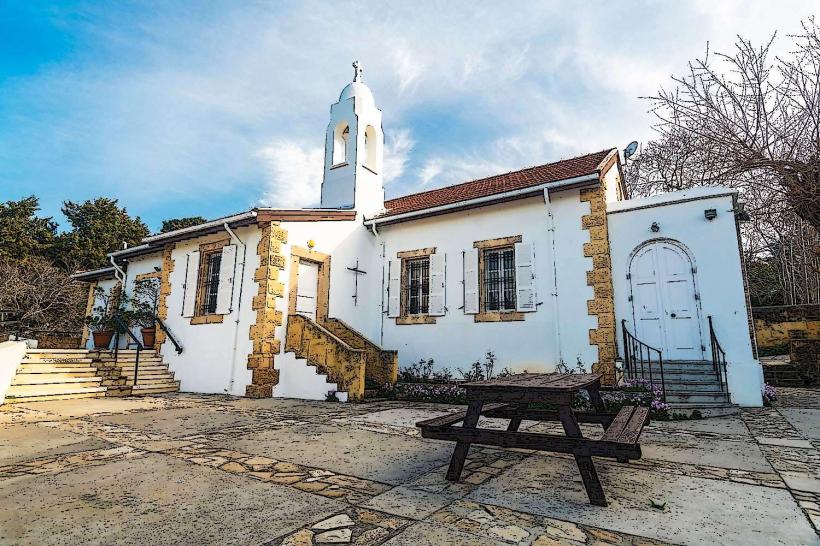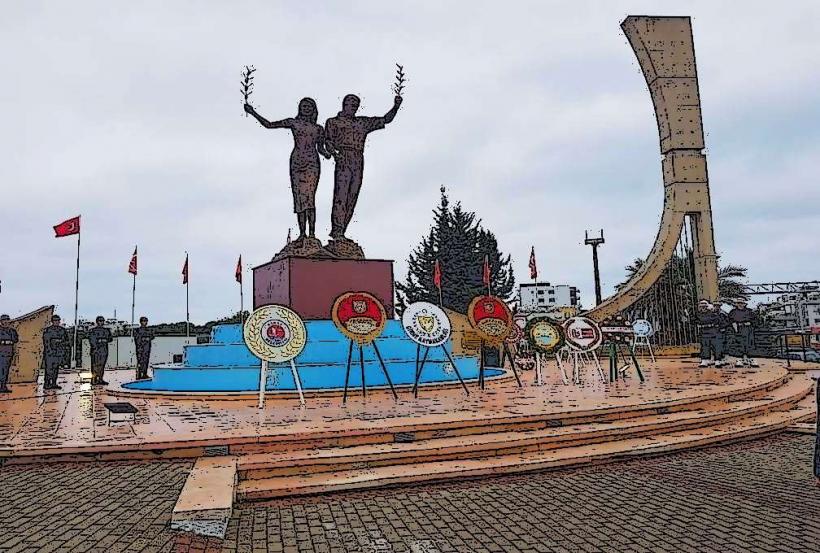Information
Landmark: Kyrenia Shipwreck MuseumCity: Kyrenia
Country: Cyprus
Continent: Europe
The Kyrenia Shipwreck Museum is one of the most significant archaeological sites in Cyprus, housed inside Kyrenia Castle in the heart of Kyrenia, Northern Cyprus. The museum is dedicated to displaying the famous Kyrenia Shipwreck, an ancient Greek merchant vessel that was discovered off the coast of Kyrenia in 1965. The shipwreck is one of the most well-preserved ancient wrecks ever discovered in the Mediterranean and offers valuable insight into ancient shipbuilding, trade, and maritime history.
Here is a detailed overview of the Kyrenia Shipwreck Museum:
1. Historical Background of the Kyrenia Shipwreck
- Discovery: The Kyrenia Shipwreck was discovered in 1965 by a team of divers led by Peter Throckmorton, a marine archaeologist, in the waters off the coast of Kyrenia. The wreck was found at a depth of about 45 meters (148 feet), and its remains were remarkably well-preserved, thanks to the lack of strong currents and the protective conditions of the sea floor.
- Date and Origin: The ship is believed to have sunk around 300 BCE, during the Hellenistic period. Based on the ship’s design, cargo, and artifacts, it is believed to have been a Greek merchant vessel. The ship was likely engaged in trade between the Greek world and other parts of the Mediterranean, possibly carrying wine, olive oil, and other goods.
- Cause of the Shipwreck: While the exact cause of the ship’s sinking is not known, it is believed that the ship may have been caught in a storm or faced other navigational challenges that led to its demise.
2. The Shipwreck and Its Cargo
- Ship’s Structure: The Kyrenia Ship is a three-masted, merchant vessel, with a single hull made of Mediterranean pine. The ship’s design includes a straight stem (the front of the ship) and a sternpost rudder, which were advanced features for its time. It was about 14 meters long and 4 meters wide.
- Cargo: The ship was carrying a large cargo of amphorae (ceramic storage jars) when it sank. These amphorae contained wine and olive oil, two of the primary exports of the ancient Mediterranean. The wreck also yielded several other items, such as:
- Stone anchors and lead weights for fishing or cargo stabilization.
- Wooden and metal tools, which provided further insight into ancient trade and shipbuilding.
- Personal items, including fragments of pottery and bronze and iron objects, which were part of the everyday life of the crew or the ship’s owner.
3. The Museum and Its Exhibits
The Kyrenia Shipwreck Museum is located within Kyrenia Castle, providing visitors with a direct link to both the maritime history of Cyprus and the ancient world. The museum showcases the remains of the ship and its cargo in a way that allows for a deeper understanding of ancient maritime activities. The museum's exhibits include:
- The Kyrenia Ship: The centerpiece of the museum is the partially reconstructed Kyrenia Ship, which is displayed in a specially designed glass-enclosed area. The ship’s hull has been carefully conserved and restored, with many of the original wooden timbers and parts of the ship still intact. The remains are displayed alongside detailed replicas of sections of the ship.
- Amphorae and Cargo: The museum houses many of the amphorae that were recovered from the wreck, providing insight into ancient trade routes. The cargo of the ship, including wine and olive oil, highlights the goods that were exchanged between civilizations in the Mediterranean.
- Artifacts and Tools: Various other artifacts from the wreck, such as anchors, tools, and personal items, are displayed in glass cases throughout the museum. These artifacts help to piece together the daily lives of those on board the ship.
- Reconstructed Models: In addition to the original shipwreck and artifacts, the museum features detailed models and diagrams that demonstrate how the ship would have looked when fully intact, as well as the methods used to construct and sail the vessel.
4. The Importance of the Kyrenia Shipwreck
The Kyrenia Shipwreck is considered one of the most significant finds in the field of underwater archaeology and provides a wealth of knowledge about ancient maritime history. Key aspects of its significance include:
- Shipbuilding Techniques: The ship’s design and construction offer insight into the shipbuilding techniques of the ancient Greek world. The ship’s hull construction, use of timber, and rudder system reflect the technological advances of the time.
- Trade and Economy: The ship’s cargo provides important evidence of trade patterns in the Mediterranean during the Hellenistic period. The presence of wine and olive oil indicates the importance of these goods in the ancient economy, and the trade routes between Cyprus and the Greek mainland, as well as other Mediterranean regions, are now better understood.
- Cultural Exchange: The shipwreck and its cargo highlight the interconnectedness of Mediterranean cultures and the role of Cyprus as a crossroads of trade, culture, and ideas between East and West.
5. Visiting the Kyrenia Shipwreck Museum
- Location: The Kyrenia Shipwreck Museum is located inside the Kyrenia Castle, which is just a short walk from the Kyrenia Harbour. The castle itself is a major historical landmark and provides a scenic and historical setting for the museum.
- Opening Hours: The museum is generally open throughout the year, although hours may vary depending on the season. It is recommended to check the opening times before visiting.
- Admission Fees: There is an entrance fee to visit the museum and Kyrenia Castle, which contributes to the preservation and maintenance of the site.
- Guided Tours: Visitors to the museum can take advantage of guided tours to gain a deeper understanding of the significance of the shipwreck and its context within the broader history of Cyprus. Tour guides provide detailed explanations of the ship’s history, the process of its discovery, and the importance of its findings.
6. Additional Highlights of the Museum
- Views from Kyrenia Castle: After visiting the museum, visitors can explore Kyrenia Castle, which offers stunning views of the harbor and surrounding areas. The castle’s ramparts and courtyards also contain other historical artifacts and exhibits that complement the museum's focus on the island’s maritime history.
- Interactive Displays: The museum features some interactive displays that allow visitors to engage with the ship’s history and the archaeological process of its excavation and restoration.
- Educational Significance: The museum plays a vital role in educating the public about the importance of maritime archaeology and the history of Cyprus as a maritime crossroads.
7. Legacy and Ongoing Research
The Kyrenia Shipwreck Museum continues to be an important site for both tourism and academic research. Ongoing studies of the wreck and its cargo provide further insights into the ancient Mediterranean world, and the museum serves as a key resource for scholars and visitors alike. The shipwreck also underscores the importance of preserving underwater cultural heritage and the value of exploring and conserving submerged archaeological sites.
In conclusion, the Kyrenia Shipwreck Museum offers an incredible opportunity to explore one of the most remarkable underwater archaeological discoveries in the Mediterranean. The museum not only showcases the well-preserved remains of the Kyrenia Ship but also illuminates the broader historical context of ancient maritime trade, shipbuilding, and the interconnectedness of Mediterranean cultures.

